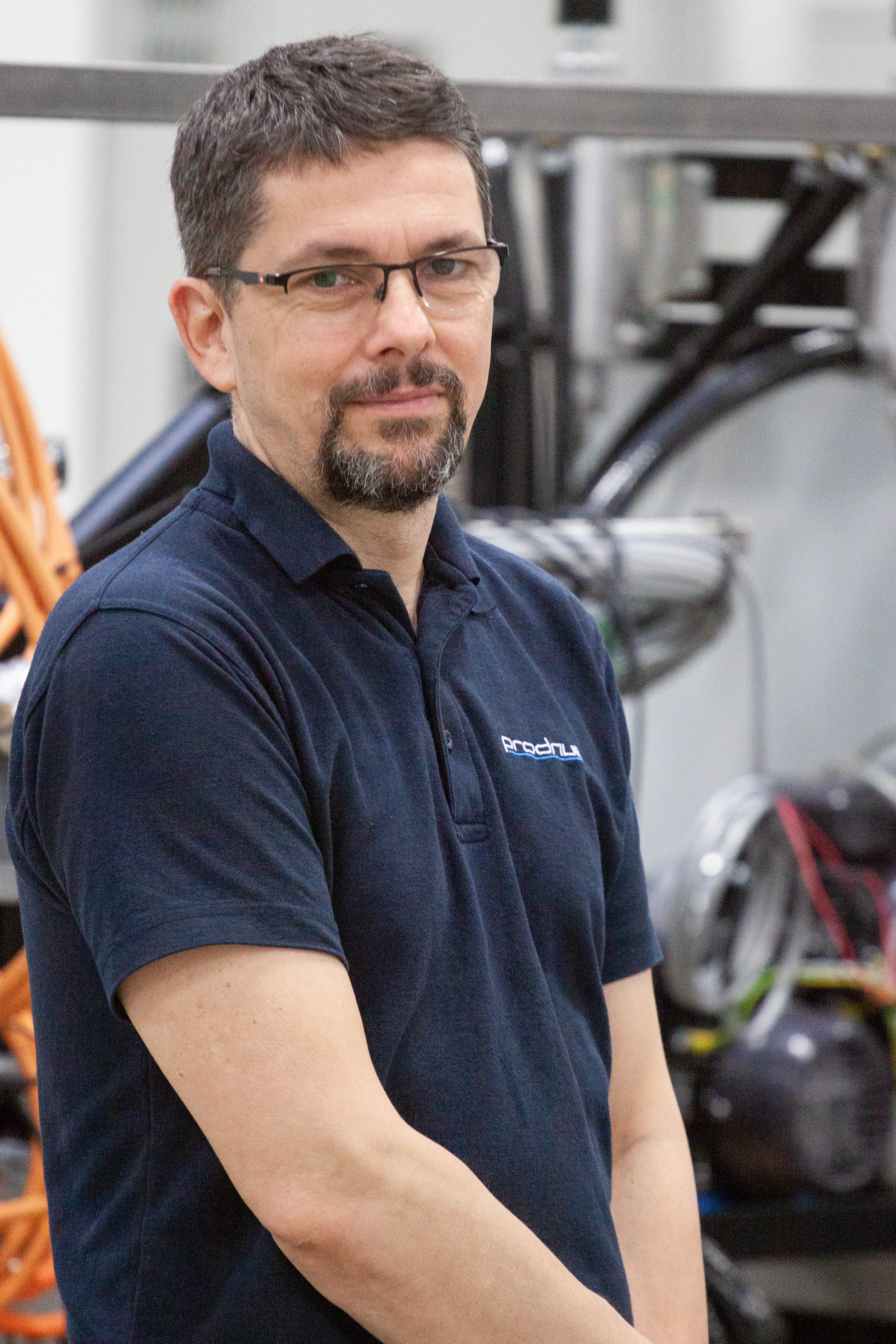ATTI asks a selection of industry professionals about their company’s typical testing approach and how it is applied under immense regulatory and engineering pressure, on time and within budget. First up: Steve Price, Prodrive’s chief engineer for mechanical integration.
Price’s team combines mechanical systems with new technologies to deliver anything from demonstrator vehicles to new mechanisms for aerospace applications. He explains that Prodrive utilizes a systems engineering ‘V’ process to develop and validate its projects down to the smallest components. “Our proprietary methods and software collapse the V, enabling us to accelerate timelines via rapid design, validation and verification loops. When developing our 48V-12V DC/DC converter for mild-hybrid vehicle applications, for example, we used simulations to model several architectures. Topology assessment then enabled formal concept selection before detailed specification definitions were created.”
Sign-off assessments, qualification data and criteria for components and the complete converter were created next, which provided clarity for Prodrive’s engineers. Initial concepts for the various subsystems then commenced. Moving down the ‘V’ process, they began the design phase for the mechanicals, electrics, electronics, and software. Validation and verification loops then drove updates as the design matured.
 “We embed designers in the simulation and analysis teams so they can constantly update their designs in CAD,” Price adds. “Electronic systems and subsystems are also modeled in detail and then simulated to accelerate the design progress. Our bespoke software allows different platforms to communicate, which enables us to reduce cycle times and run more simulations each day. Initial development is typically entirely virtual before any components are produced, but subsystem-level physical prototypes soon follow to prove the modeling before physical testing in our environmental chamber. System-level prototypes are produced to support the detailed design and are then used in final functionality testing. For the DC/DC converter, this included validating the prototype assembly, cooling system, power and control electronics, control software, and, ultimately, stability testing.”
“We embed designers in the simulation and analysis teams so they can constantly update their designs in CAD,” Price adds. “Electronic systems and subsystems are also modeled in detail and then simulated to accelerate the design progress. Our bespoke software allows different platforms to communicate, which enables us to reduce cycle times and run more simulations each day. Initial development is typically entirely virtual before any components are produced, but subsystem-level physical prototypes soon follow to prove the modeling before physical testing in our environmental chamber. System-level prototypes are produced to support the detailed design and are then used in final functionality testing. For the DC/DC converter, this included validating the prototype assembly, cooling system, power and control electronics, control software, and, ultimately, stability testing.”
Further representative environment exposure and thorough bench testing against the criteria happens ahead of any in-vehicle integration. “We ensure design for manufacture is considered throughout the design, development and production phases, and we then provide the client with all the manufacturing files, test documentation and verification reports to complete the integration process,” Price concludes.


